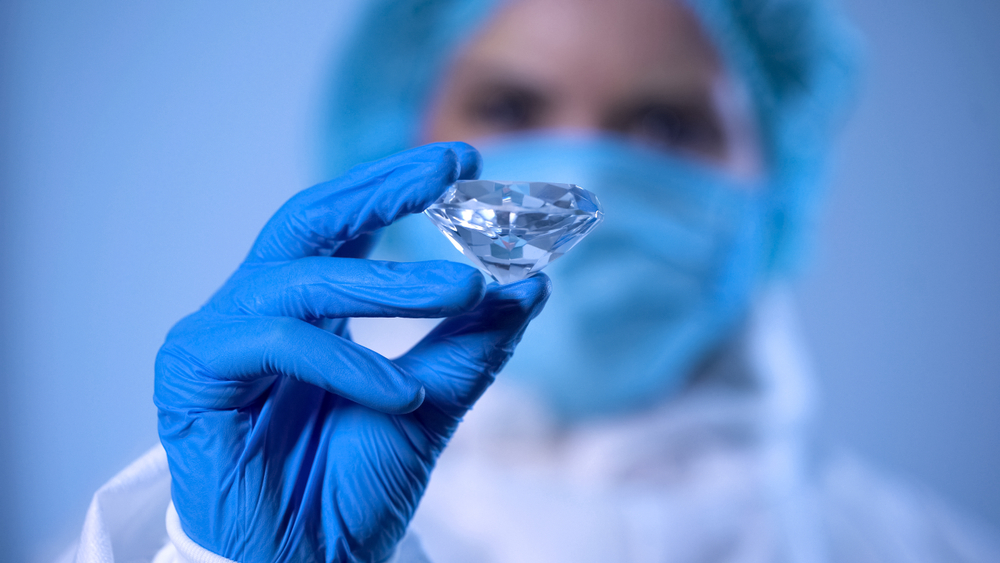
If you are a conscious customer, you may not be able to buy an engagement ring made using naturally mined diamond without double-checking the source. The main reason for that is several diamonds available in the market today are blood diamonds.
The reason why lab-grown diamonds are in great demand is that they are conflict-free and ethical. In this article, we will take a look at some of the ethical benefits of lab-grown diamonds.
Helps to Avoid Child Labor
One problem with diamond mining is that many of the mines in Africa are controlled by rebel groups who used child labor. Diamonds mined with child labor are often called conflict diamonds and people usually try to avoid buying those diamonds. A total of 215 million children are believed to be employed in exploitative situations, with 115 million working in hazardous environments such as mines. Fortunately, the creation of diamonds in a lab does not include child labor or any form of exploitation.
No Underpaid Labor
Hazardous working conditions labor exploitations are very common in the diamond mining industry these days. Because small-scale companies aren’t regulated, there aren’t any actual labor rules in place, and there aren’t any regulating authorities to police them. Since lab-grown diamonds are created in a laboratory setting, there are no labor exploitations and also the working conditions are safer.
No Price Markup On Lab-Grown Diamonds
Not because of major supply-chain inconsistencies, but because lab-grown diamonds do not come with a crazy markup. When you buy a lab-grown diamond, you’re only paying for the lab’s production process. Earth-mined diamonds are overvalued by 100 percent or more, and there’s a hazy history of how the corporate diamond sellers monopolized the market and then devised deceitful advertisements to convince people that the bigger the diamond, the more love they have.
Lab Diamonds Are Sustainable

There are various issues to overcome when it comes to sustainability. Around 200-250 tons of Earth must be filtered through to obtain just one carat of diamond. These jobs necessitate the use of heavy machinery, which releases a significant amount of fossil fuel waste into the environment.
Thanks to the developments in technologies and an innovative creation process called Chemical Vapor Distillation (CVD), which is far less energy-intensive than the HPHT method, the process of making diamonds in a laboratory used to be far more carbon-intensive than it is presently. There is still evidence to back up assertions regarding sustainability.
